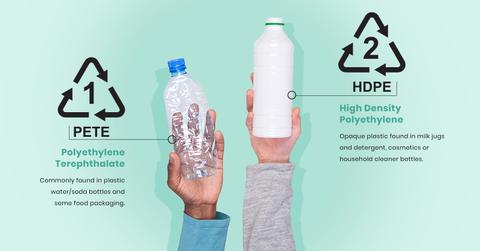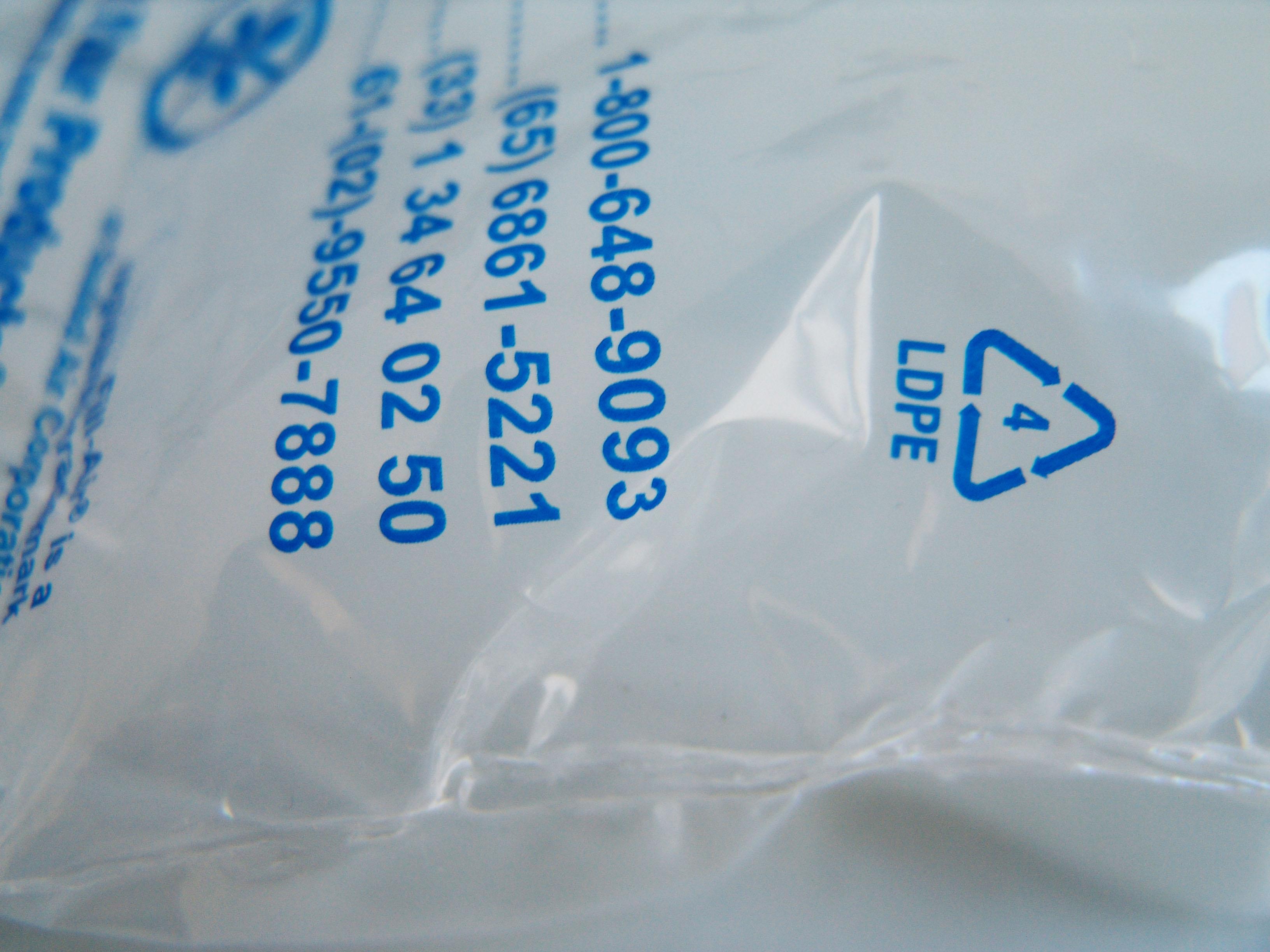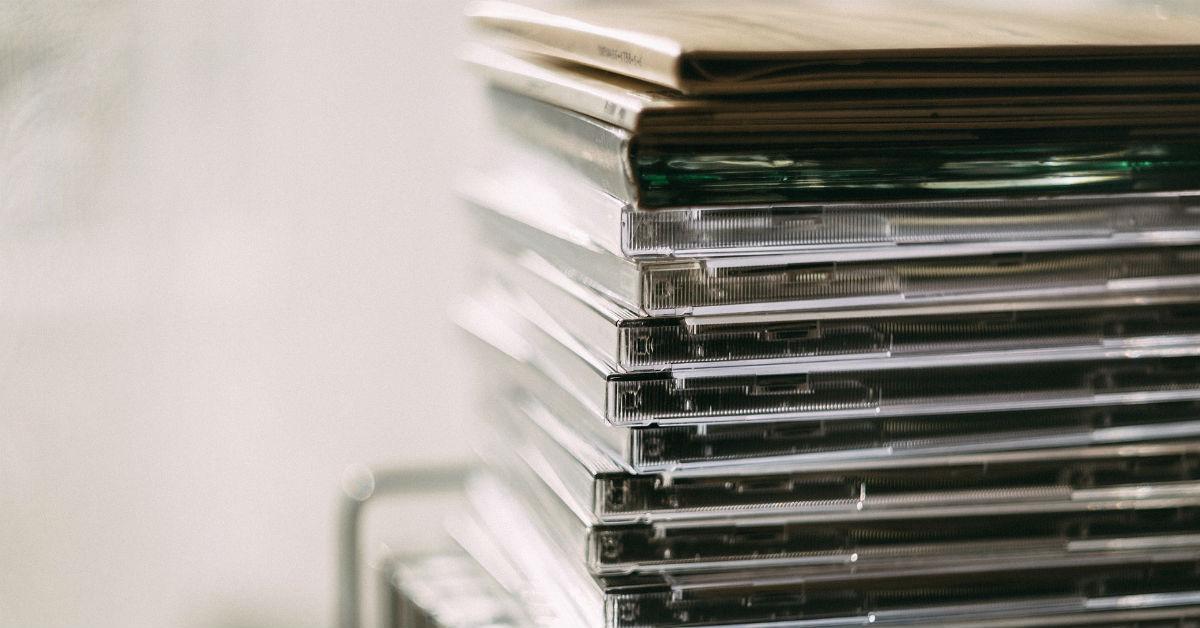What Do The Numbers On Recyclable Plastics Mean?
The numbers printed in the middle of the recycling symbol are key identification codes. Here's what they each mean.
Updated Jan. 17 2020, 12:06 p.m. ET

Recyclable plastic usually comes with a little recycling symbol printed on the bottom and depending on the product, there might be a 1, 2, 3, 4, 5, 6, or 7 stamped in the center of the symbol. It’s easy to miss, but this tiny digit is actually pretty important, because it’s an ID.
The number is a resin identification code, used to help recycling plants sort materials. Recyclable plastics are labeled with numbers 1-7 to tell workers what kind of plastic it is, and how it should be processed. But it also helps recycling collectors determine what items they can accept — and which ones go in the trash.
These numbers are valuable consumer information, because they spell out the likelihood of your recycling ending up in a landfill. So brush up on your resin codes below, and adjust your recycling habits accordingly:
Plastic No. 1
Even if you don’t know the term “polyethylene terephthalate” (PET or PETE), you’ve probably encountered this type of plastic before. It’s the most frequently recycled one, and it can be found in peanut butter jars, plastic soda and water bottles, microwavable food trays, and salad dressing bottles.
Plastic No. 2
This coding refers to high density polyethylene, or HDPE. This plastic forms milk jugs, laundry detergent bottles, butter tubs, motor oil bottles, and some shopping bags. It’s a little tougher than PET, but nearly as common.
Plastic No. 3
Polyvinyl chloride (PVC) is best known for its use in pipes, but that’s not the only product that relies on plastic no. 3. PVC also appears in cooking oil and shampoo bottles, medical tubing, wire jacketing, and window cleaner spray bottles.
Plastic No. 4
We’ve already covered HDPE, so now meet LDPE: low density polyethylene. LDPE can be found in squeezable condiment bottles and toys, but it’s mostly used in plastic films. That means shrink wrap, as well as bags — dry cleaning, grocery, bread, frozen food, and produce bags all qualify.
Plastic No. 5
Polypropylene, or PP, has a high melting point that makes it great for containing hot liquids. Syrup, ketchup, and medicine bottles all rely on PP, but you’ll also find it in bottle caps and straws.
Plastic No. 6
Polystyrene (PS) is an incredibly versatile plastic. It can be manipulated into a soft foam, like packing peanuts, or hardened into a sturdy CD case. PS is further used in take-out containers, disposable plates and cutlery, aspirin bottles, and egg cartons.
Plastic No. 7
There’s no long or fancy name for this plastic, because plastic no. 7 is more of a miscellaneous category for everything that didn’t fit into the last six slots. Think oven-baking bags, or those large 3-5 gallon jugs used to refill the office water cooler. Because it’s such a nebulous group, don’t expect your local municipality to collect these plastics.
But you should double-check your local recycling guidelines on all of these plastics, because different cities and towns tend to have different rules. You can safely assume the recycling haulers will take PET and HDPE (plastics 1-2) but after that, it becomes a bit of a guessing game. Look up the rules on your local .gov website to find out what exactly goes in your blue bin.


